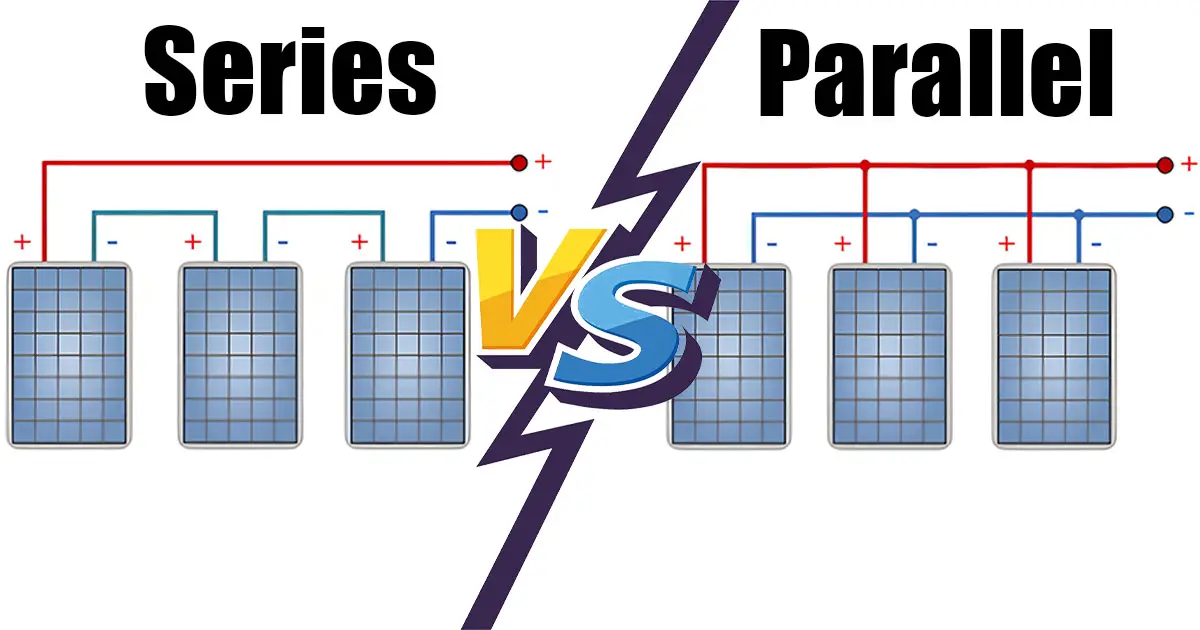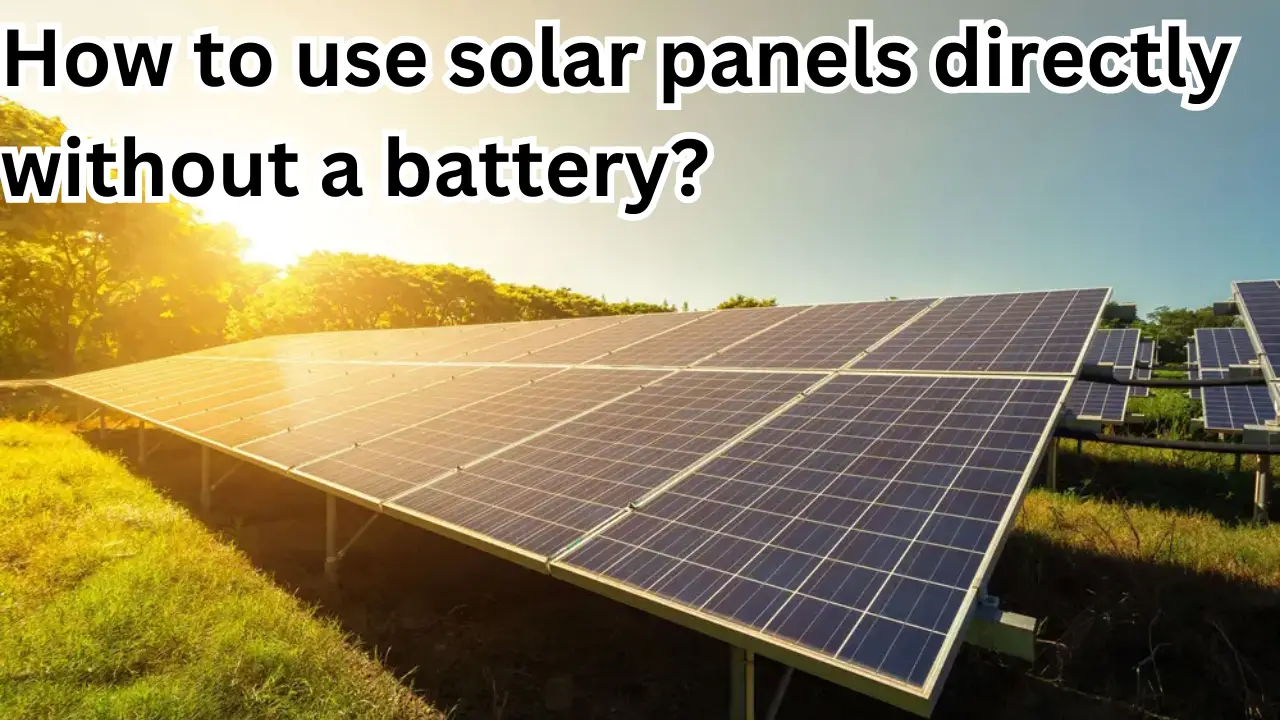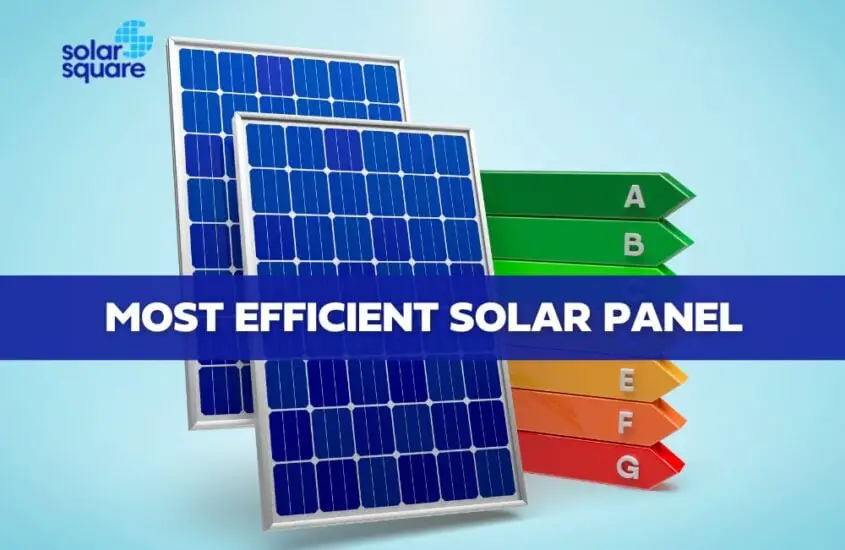Solar Panel Not Working

Executive Summary
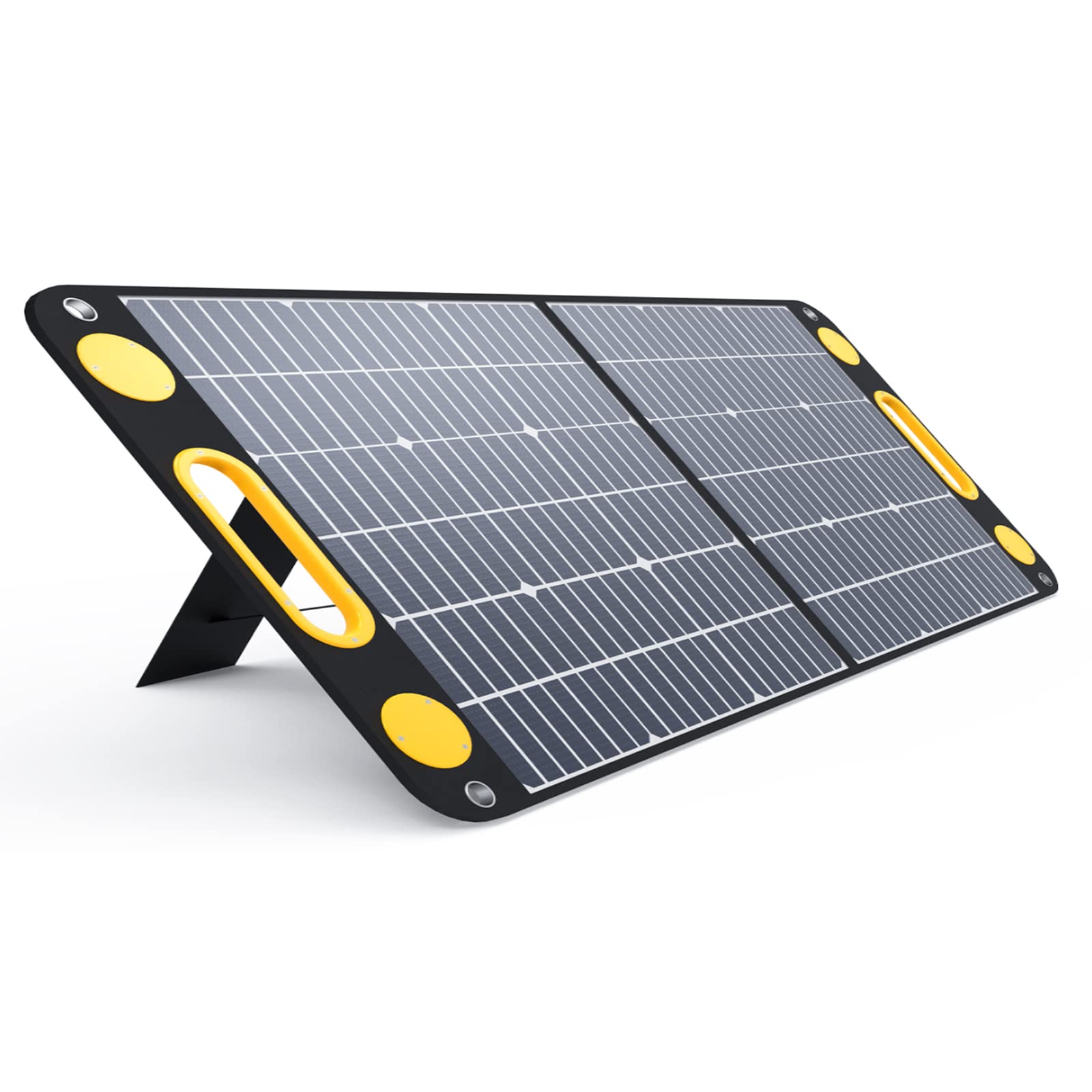
Solar panels are increasingly replacing fossil fuels as a clean and renewable energy source. However, solar panels can sometimes stop working, leading to frustration and inconvenience. This article aims to provide a comprehensive guide to troubleshooting common issues that can prevent solar panels from functioning optimally. Understanding the potential causes and effective solutions can empower homeowners and solar energy enthusiasts to address these problems самостоятельно. Proper maintenance and early detection of issues can ensure the long-term efficiency and reliability of solar panel systems for sustainable energy needs.
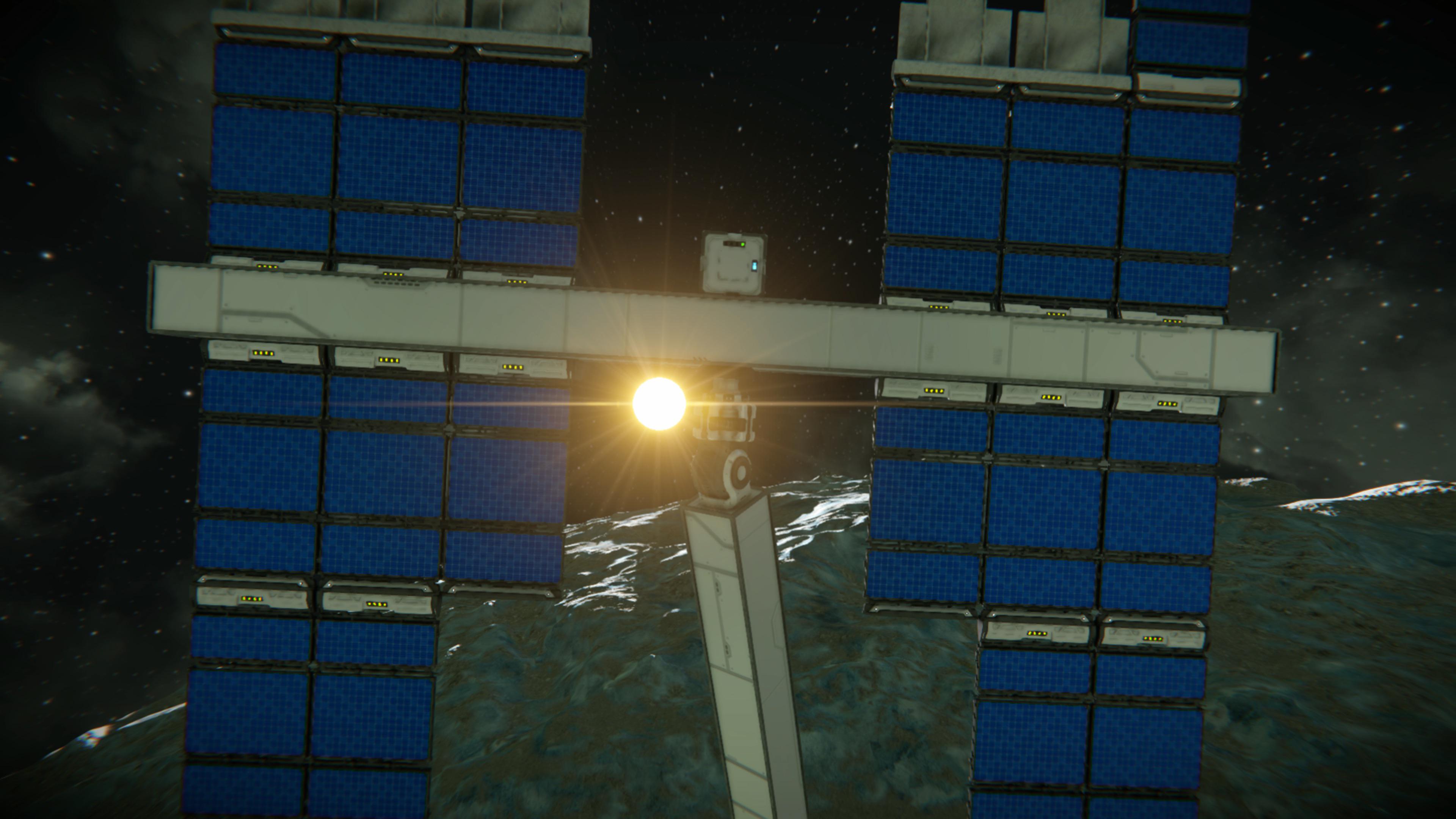
Introduction
Solar panels harness the sun’s energy to generate electricity, providing clean and sustainable power to homes and businesses. However, it is important to understand that these systems can experience issues that may affect their performance and functionality. By recognizing the common causes of solar panel problems, property owners can take proactive measures to maintain optimal system performance and longevity. The following sections explore the top five subtopics related to solar panel troubleshooting and offer practical solutions for resolving each issue.
1. Electrical Connection Problems:
Electrical connections are crucial for the efficient flow of electricity generated by solar panels. Any loose, corroded, or damaged connections can significantly reduce system output or even prevent it from functioning altogether.
-
Inspect Connections: Thoroughly inspect all electrical connections, including those between solar panels, inverters, and the main electrical panel. Look for loose wires, damaged insulation, or signs of corrosion.
-
Secure Connections: Ensure that all connections are tight and secure using appropriate tools and materials. Use anti-corrosive agents to protect connections from the elements.
-
Clean Components: Clean solar panels and connection points regularly to remove dust, dirt, and other debris that may cause connection issues and reduce efficiency.
2. Inverter Problems:
Inverters convert the direct current (DC) electricity generated by solar panels into alternating current (AC) electricity, which is used by household appliances and grid systems. Inverter malfunctions can cause a complete shutdown of the solar power system.
-
Check Indicator Lights: Inverter units often have indicator lights or error codes that can provide information about the source of the problem. Refer to the manufacturer’s manual for specific fault codes and troubleshooting steps.
-
Test Output Voltage: Use a voltmeter to measure the output voltage of the inverter. If the voltage is significantly lower than the rated output, there may be an internal issue with the inverter.
-
Consider Inverter Replacement: Older inverters may experience age-related performance issues. If the inverter is outdated or beyond repair, consider replacing it with a newer, more efficient model.
3. Panel Damage:
Solar panels can sustain damage due to various factors, including extreme weather events, accidental impacts, or improper installation. Damaged panels may not generate electricity efficiently or even pose a safety hazard.
-
Inspect Panels: Visually inspect solar panels for signs of cracks, broken cells, or other physical damage. Pay attention to the glass surface, the backing, and the frame of each panel.
-
Secure Installation: Ensure panels are securely mounted and properly anchored to the roof or support structure. Loose panels can be more susceptible to damage during windy conditions.
-
Contact Professionals: If you notice any damage to the solar panels, it is best to contact qualified professionals for safe inspection and necessary repairs or replacements.
4. Shading and Obstructions:
Shading and obstructions can significantly reduce the amount of sunlight reaching solar panels, thereby limiting their energy output. Trees, buildings, and other structures can cast shadows on the panels, affecting their performance.
-
Assess Shading Patterns: Analyze the location of the solar panels and identify any potential sources of shading throughout the day. Consider the seasonal changes in the sun’s position.
-
Trim or Remove Vegetation: If trees or shrubs are causing shading problems, trim them appropriately or consider removing them entirely to improve solar exposure.
-
Consider Panel Relocation: In some cases, it may be necessary to relocate the solar panels to a suitable location with minimal shading and obstructions.
5. Age and Performance Degradation:
Solar panels, like any other technology, can experience performance degradation over time due to natural wear and tear, environmental factors, and manufacturing defects.
-
Monitor System Output: Keep track of the solar system’s energy production over time. A gradual decline in output may indicate aging or degradation issues.
-
Check Panel Power Ratings: Compare the current output of each solar panel with its original rated power output. If the difference is significant, it could be a sign of degraded performance.
-
Consider Panel Replacement: Depending on the severity of the performance degradation and the age of the system, replacing older panels with newer, more efficient models may be a viable option.
Conclusion
Solar panels are valuable investments in sustainable energy solutions. Timely troubleshooting and resolution of any issues are essential in maintaining their long-term efficiency and system reliability. Property owners should periodically inspect their solar panels, electrical connections, and inverters for potential problems. Addressing electrical connection issues, inverter malfunctions, panel damage, shading problems, and age-related performance degradation can help optimize solar system performance and ensure a stable flow of clean, renewable energy. By understanding these common subtopics related to solar panel troubleshooting, homeowners and solar energy enthusiasts can take proactive steps towards ensuring the longevity and effectiveness of their systems, maximizing

